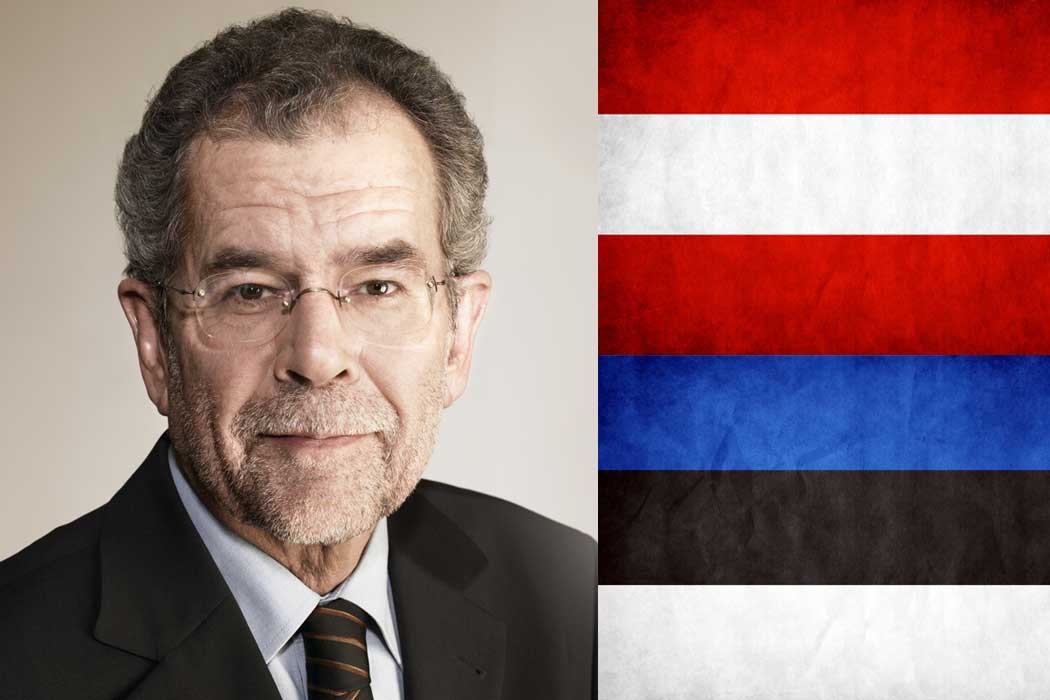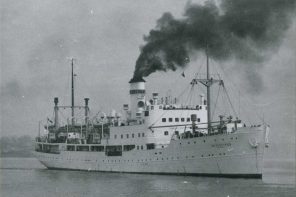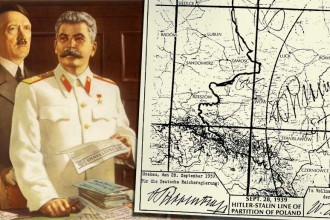Alexander Van der Bellen, the Austrian presidential candidate whose parents fled Soviet occupying forces in Estonia in 1940, narrowly beat out his far-right opponent, Norbert Hofer by a margin of of 31,026 ballots in this weekend’s Austrian Presidential election.
Alexander Van der Bellen’s father’s 1919 Estonian ID
#austrianelection wonderful news 4 Europe & all democrats. Also 4 Estonia: se vd Bellen’s father’s Estonian ID 1919 pic.twitter.com/7CGwCJCkVg
— Eerik-Niiles Kross (@EerikNKross) May 23, 2016
Mr. Van der Bellen ran officially as an independent but led Austria’s Greens for a decade.
During the campaign, Mr. Van der Bellen told reporters that he did not want to see Austria led by a “populist right-wing, pan-Germanic fraternity member” and told voters “who don’t like me but perhaps like Hofer even less to vote for me”.
When Mr. Van der Bellen’s opponent, Norbert Hofer was sworn in as the Freedom Party candidate, he wore a cornflower in his lapel, which was a Nazi symbol in the 1930s.
Mr. Van der Bellen joins Estonia’s President, Toomas Hendrik Ilves, as the second EU head of state, whose parents fled Soviet occupation in Estonia during the Second World War.






Ironically, cornflower is the national flower of Estonia.
“It is also the symbol of the Estonian political party, People’s Union, the Finnish political party, National Coalition Party, and the Swedish political party, Liberal People’s Party, and has since the dawn of the 20th century been a symbol for social liberalism there.[citation needed] It is the official flower of the Swedish province of Östergötland and the school flower of Winchester College and also of Dulwich College where it is said to have been the favourite flower of the founder, Edward Alleyn.
The blue cornflower was one of the national symbols of Germany.[10] This is partly due to the story that when Queen Louise of Prussia was fleeing Berlin and pursued by Napoleon’s forces, she hid her children in a field of cornflowers and kept them quiet by weaving wreaths for them from the flowers. The flower thus became identified with Prussia, not least because it was the same color as the Prussian military uniform.[11] After the unification of Germany in 1871, it went on to become a symbol of the country as a whole.”
https://en.wikipedia.org/wiki/Centaurea_cyanus
the new president is losing in the number of comments to a flower. it is just a flower on a field, the symbols are in peoples heads.
At what point was Mr. Van der Bellen “Estonia’s” candidate?
Does Estonian have a say in the Austrian elections??
Sorry, but both the nationality and citizenship on this ID issued by the Republic of Estonia says the bearer is Russian (Vene).
His parents received the Estonian citizenship in 1930s.